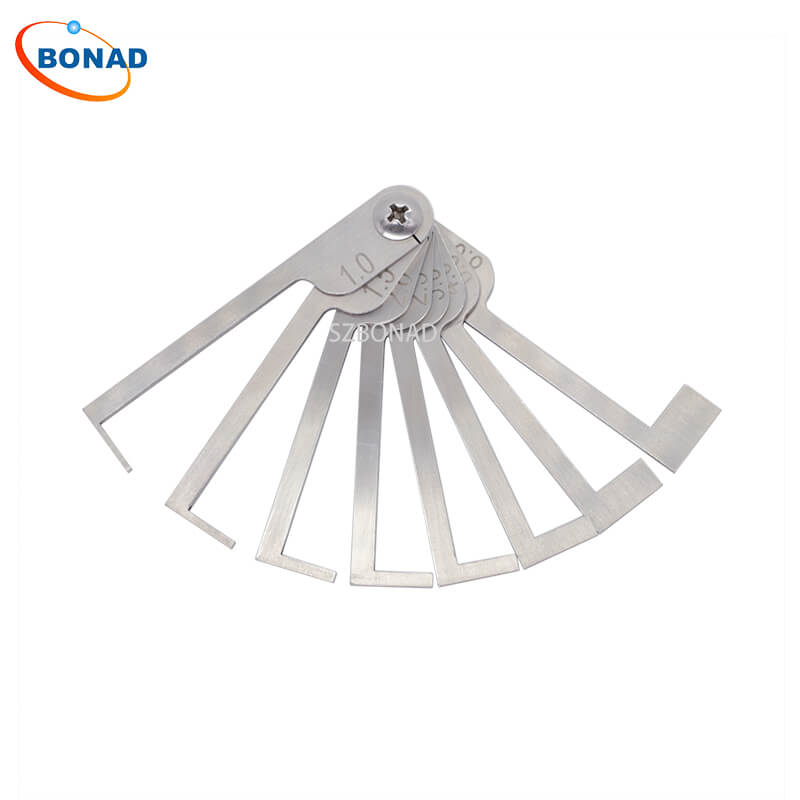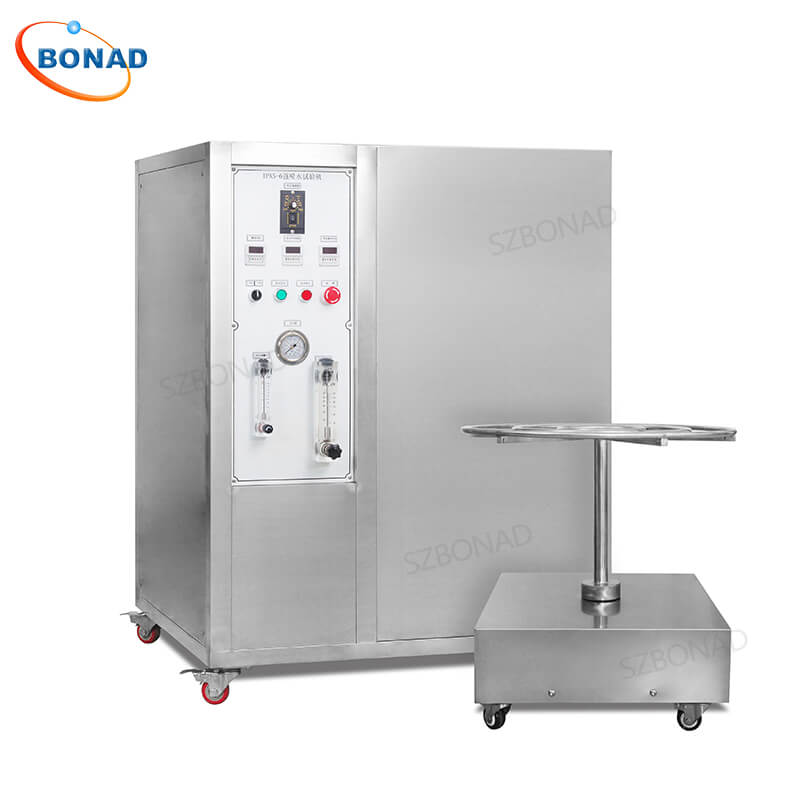Correct Understanding of Creepage Distance and Clearance
In national standards for electrical products, “creepage distance” and “electrical clearance” are critical terms. Conceptually, creepage distance refers to “the shortest distance along the surface of insulating material between two conductive parts or between a conductive part and an accessible surface.” This exists at the junction of two parallel insulating materials and may occur between solid or gaseous insulation. Electrical clearance is defined as “the shortest distance between two conductive parts or one conductive part and an accessible surface.”
When the air gap between different live parts or between charged parts and the earth is minimal, the air medium can break down under an electric field, leading to insulation failure. Therefore, maintaining a safe air gap is crucial to prevent breakdowns.
Creepage distance serves as a boundary plane between two materials with distinct electrical strengths (voltage per unit distance). The distance should be determined by the material with the weakest rated electrical strength—usually air. Typically, 1mm of air gap can maintain insulation performance below 1200V rms voltage but fails above 2900V rms.
Air is a common, reliable, and inexpensive insulation medium. Unlike air, solid insulation materials are irreversible and can degrade due to factors like electric field strength, heat, and humidity. For instance, prolonged heat exposure reduces insulation performance.
When voltage differences increase continuously across a plane connection, air breakdown occurs, producing sparks (arcs). These arcs can burn solid insulation surfaces, creating carbonization paths. Preventing such paths involves keeping arcs away from solid insulating surfaces. Two methods can be employed: reducing clearance until it is less than creepage distance or significantly increasing the interstitial gap value to enhance overall insulation performance.
An appliance’s housing not only prevents dangerous contact with live parts but also maintains sufficient air for insulation around live parts—creepage distance and clearance. Isolating charged bodies with adequate space ensures effective electrical insulation. For example, overhead high-voltage cables prevent contact between conductors of different polarities or potential differences. Curved ridged ceramic insulators effectively provide sufficient creepage distance.
Application in Electrical Product Safety Design
These principles are widely applied in electrical products. Isolation space in the air constitutes “electrical gaps,” while creepage distance minimizes leakage scars or arc discharge. Lower voltages allow smaller conductor spaces; hence creepage distance and clearance values can be reduced accordingly.
The primary purpose of conductor space isolation is to ensure normal appliance operation. Contact between conductors with different polarities or potential differences causes malfunctioning. However, if preventing short circuits were the only concern, minimal distances would suffice—functional insulation needs only a fraction of standard requirements. The main goal of an insulation system is to prevent electric shock; thus, anti-electric shock requirements exceed functional insulation needs.
Another factor in determining conductor spacing is compensating for reduced electrical insulation gap properties over time. Dust accumulation or other particles on printed circuit boards can cause leakage marks or even conduction. Solid particles, dust, and water in the atmosphere can bridge small electrical gaps; in humid environments, non-conductive pollution can become conductive. When pollution reaches a certain level on the insulation surface, significant leakage currents form flickers that damage the surface over time, deteriorating insulation performance and forming live channels (leakage traces).
Coating or adding housing to prevent dust accumulation helps meet relevant electrical product standards.
Clearance requirements also consider power supply instantaneous overvoltage from sources like lightning induction or operating overvoltage (switch operations), functional voltage increases within appliances, grid fluctuations, etc. Key considerations include:
- Insulation grade: functional, basic, attached, reinforced.
- Circuit’s rated working voltage.
- Insulation type: class I or class II.
- Pollution level (design to prevent dust/pollution).
Clearance requirements do not account for extreme instantaneous power supply voltages but consider rated voltage plus drift value. Designers should increase appliance rated voltage if surge voltages occur during use.



